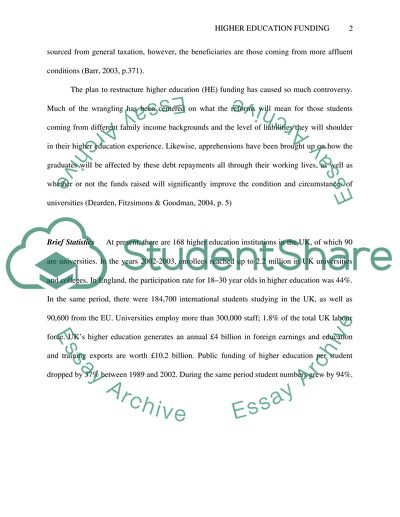Cite this document
(“Should the UK government return to a policy of full state financing of Essay”, n.d.)
Should the UK government return to a policy of full state financing of Essay. Retrieved from https://studentshare.org/miscellaneous/1505104-should-the-uk-government-return-to-a-policy-of-full-state-financing-of-student
Should the UK government return to a policy of full state financing of Essay. Retrieved from https://studentshare.org/miscellaneous/1505104-should-the-uk-government-return-to-a-policy-of-full-state-financing-of-student
(Should the UK Government Return to a Policy of Full State Financing of Essay)
Should the UK Government Return to a Policy of Full State Financing of Essay. https://studentshare.org/miscellaneous/1505104-should-the-uk-government-return-to-a-policy-of-full-state-financing-of-student.
Should the UK Government Return to a Policy of Full State Financing of Essay. https://studentshare.org/miscellaneous/1505104-should-the-uk-government-return-to-a-policy-of-full-state-financing-of-student.
“Should the UK Government Return to a Policy of Full State Financing of Essay”, n.d. https://studentshare.org/miscellaneous/1505104-should-the-uk-government-return-to-a-policy-of-full-state-financing-of-student.


